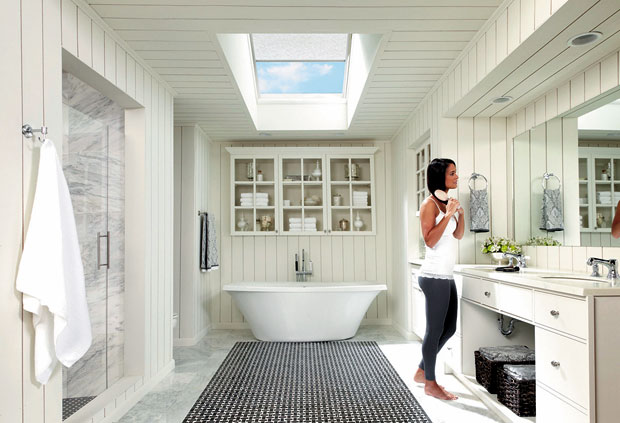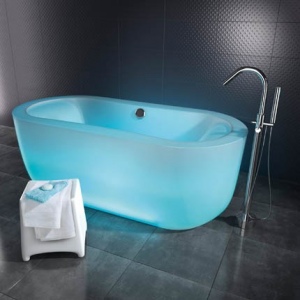According to a recent study by the World Health Organization, air pollution is responsible for 1 in 8 deaths worldwide. As a result, air quality has become a central focus for many nations, schools, homes, and individuals. Maria Neira, Director of the World Health Organization’s Public Health and the Environment Department stated, “Evidence signals the need for concerted action to clean up the air we all breathe.” It’s important to be proactive in order to protect the air we all breathe.
Most people assume that the air quality inside their home is safe. However, indoor air can actually be anywhere from 2-100 times more polluted than outdoor air. Because Americans spend 90% of their time indoors, it’s important to test indoor air quality to make sure that it is safe. Here are a few ways to protect indoor air quality:
1.) Test
Don’t assume that everything is okay simply because you haven’t noticed a problem. Take proactive steps to make sure that your home is safe. Test for radon gas yearly in order to make sure that your air is safe. The odorless, colorless gas is a dangerous substance that can expotentially increase your risk for lung cancer.
2.) Use the Right Products
NASA found that plants, such as a fern or aloe vera plant, function as a living air purifier. The foliage and roots absorb chemical pollutants released by cleaning products and other materials, thereby making indoor air cleaner. So why not buy some plants for your home? They’ll not only add some natural beauty to the home, but also help clean your air. Here are a few other tips:
- Avoid cleaning with toxic chemicals. Find a natural alternative.
- Use natural laundry detergent.
- Don’t use aerosol sprays (deodorants, hair sprays, furniture polish, air fresheners, etc.) Buy natural products instead.
3.) Check Indoor Humidity
According to WebMD, keeping indoor humidity around 30-50% reduces allergens, keeps mold from growing, and reduces the amount of indoor pollen. A well-ventilated home removes moisture, odors, and pollutants from your home. You can find out how humid your indoor air should be by using The Weather Channel’s tool. You should also open windows to keep your indoor air fresh.
Here are a few tips for how to dehumidify your home:
- Don’t water houseplants excessively.
- Make sure that the vent for your dryer funnels outside.
- Fix leaky plumbing.
- Clean up any spills around your kitchen, refrigerator, or sink.
- Use an exhaust fan when you are cooking, bathing, or using the dishwasher.
4.) Maintain a Proper Air Filtration System
According to a 2014 article in the Sacramento Bee, “Without effective air filtration, harmful particles can easily seep indoors. For school-age children who spend a significant portion of their weekdays inside a school, any deficiencies in indoor air quality can pose a particularly grave threat.”
Here’s how to safeguard the air in your home and school:
- Change your air filters regularly to make sure that harmful pollutants are being filtered out of the air.
- Change air filters every 90 days to guarantee that they are operating at maximum efficiency.
- Speak with officials at your child’s school to make sure that they are observing the proper procedures for indoor air filtration.
Andrew Philips is an electrician who lives in Seattle, WA.





